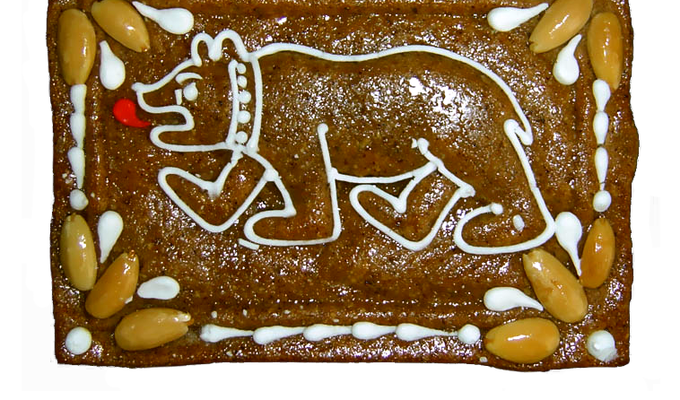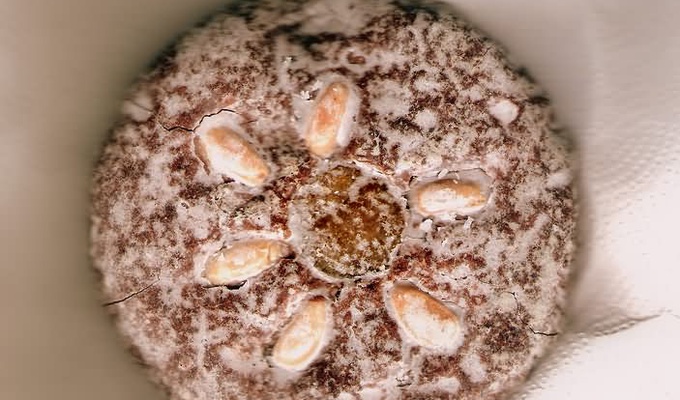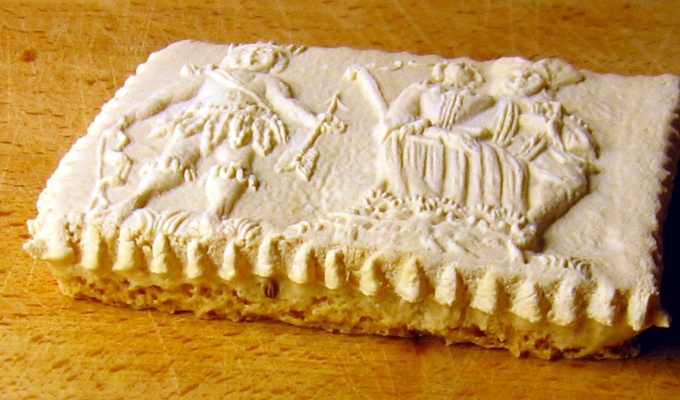Molded cookies are cookies that are pressed into a wood or resin mold to imprint a pattern or shape on them before they are baked.
The technique of imprinting into clay, plaster, or dough was known since early antiquity. Stone, clay, and wooden molds have been found from Ancient Rome, though it is unclear whether they were used to mold the Roman honey cakes that were the closest thing to cookies in that era.
Gingerbread (as lebkuchen), which was developed in Europe by 1335, developed a strong cookie molding tradition, supported by royal patronage, urban pride, and the desire of bakers to advertise their products. A will from a wealthy Bohemian baker in the mid-1400s lists over 500 molds.
By the late 1600s, springerle had emerged as another molded cookie style, and they rose in popularity until well into the 1800s. Molded cookies were distributed at fairs, commemorated holidays, and described religious themes. Home bakers had access to a wide range of wooden molds and would often use them when creating Christmas gifts.
The emergence of mass production ended the period of custom molded cookies. Cookie cutters, usually made with metal, rapidly replaced molds for home use, and factory-made cookies settled into a small number of easily repeated patterns.


